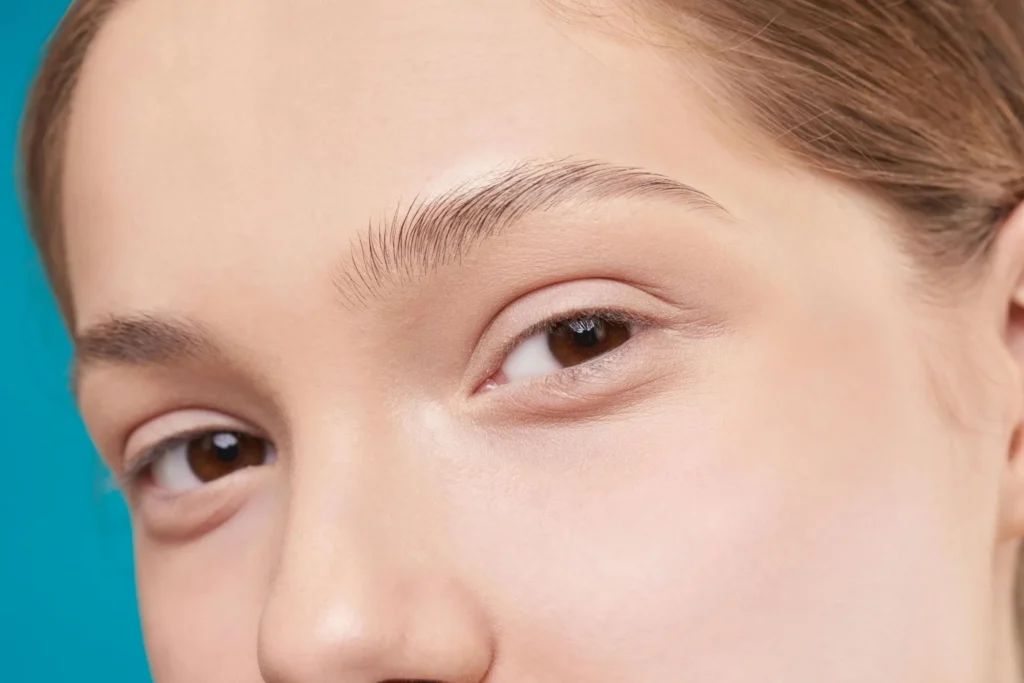Researchers are still trying to understand how autism spectrum disorder (ASD) relates to physical traits. Looking at autism facial features can help find important signs. Your interest in how physical traits link to autism is key in science.
For a long time, doctors and scientists have been curious about autism’s physical signs. While no single face feature can say for sure if someone has ASD, new studies show some signs might help screen for it. They’re finding links between certain genes and unique faces in people with autism.
Studying autism facial features needs a careful mix of science and understanding each person’s differences. Genetic studies show some physical traits might hint at neurodevelopmental differences. But, a full check-up is still needed to really know if someone has autism.
Table of Contents
Key Takeaways
- Physical traits may provide potential indicators of autism spectrum disorder
- No single facial feature guarantees an autism diagnosis
- Genetic research supports connections between physical characteristics and ASD
- Comprehensive evaluation remains crucial for accurate diagnosis
- Ongoing scientific research continues investigating autism facial features
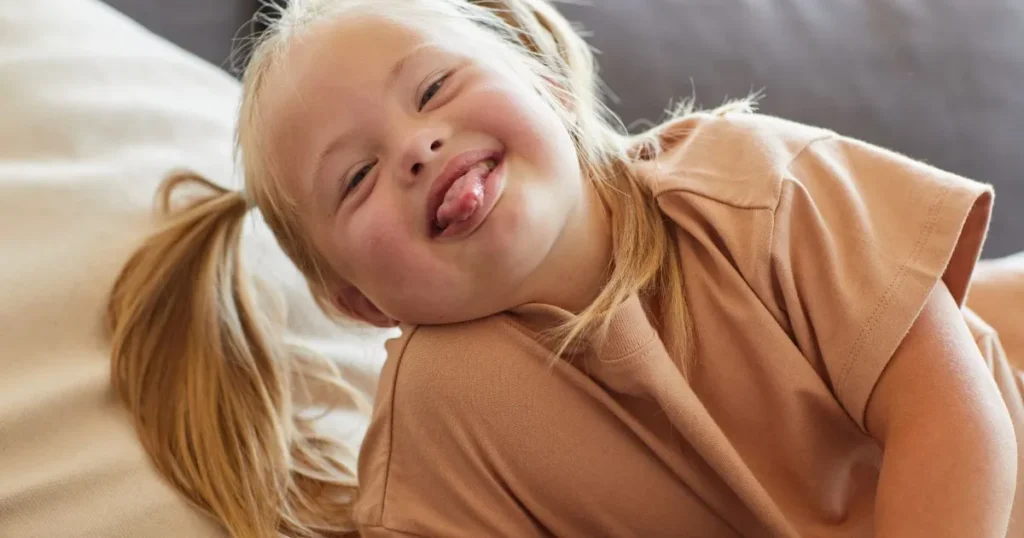
Understanding the Link Between Physical Features and Autism
Looking into how physical traits link to autism shows a mix of genetics and growth. Scientists are curious about signs that might show up in people with autism spectrum disorder (ASD).
Current Research on Facial Characteristics
Studies are finding interesting things about how autism shows up in faces. They think small changes in facial features might hint at differences in brain development early on.
- Unique facial symmetry patterns
- Distinctive bone structure measurements
- Subtle variations in facial proportions
Scientific Evidence and Studies
Top research from genetic labs is showing that certain physical signs might point to autism. Genetic mapping techniques are key to figuring out these links.
“Physical features can offer valuable insights into neurological development,” says Dr. Emily Rodriguez, genetic research specialist.
Genetic Factors and Physical Traits
Your genes shape both how you look and how your brain grows. Research is finding that some genetic changes might affect both facial traits and autism signs.
- Chromosomal variations
- Genetic mutation patterns
- Hereditary neurological markers
Grasping these connections aids doctors in spotting autism early and offering tailored help.
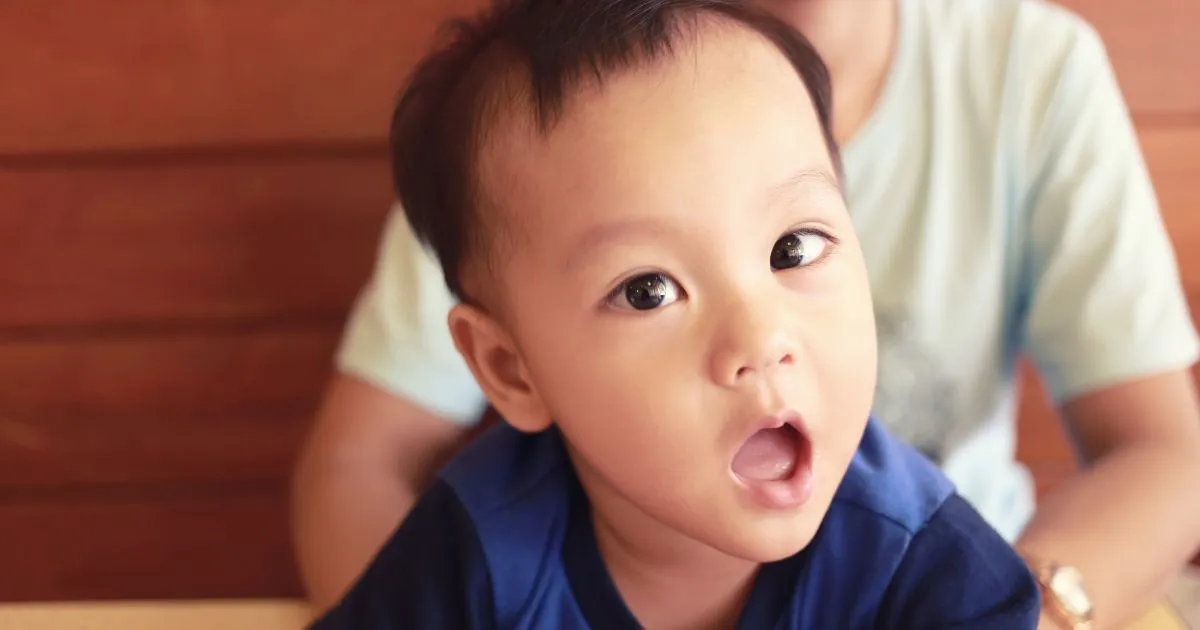
Common Facial Features Associated with Autism Spectrum Disorder
Understanding the unique facial features of autism can give us insights into its complex nature. Researchers have found several physical traits that might be more common in people with autism.
Studies have looked at autism lips and facial structure. These differences are not used to diagnose but might hint at neurodevelopmental variations.
- Broader facial width in some individuals with ASD
- Distinctive mouth and lip configurations
- Potential asymmetries in facial features
- Unique eye spacing and shape
“Facial features can provide subtle clues about neurodevelopmental differences, but they are not definitive diagnostic markers.” – Dr. Emily Neuroscience, Child Development Research Center
Research on autism facial features shows some traits might be more common in those on the spectrum. These could include:
| Facial Feature | Potential Characteristic |
|---|---|
| Lip Structure | Potentially wider or more prominent philtrum |
| Facial Symmetry | Subtle asymmetrical patterns |
| Eye Positioning | Unique spacing or alignment |
It’s important to remember that autism facial features are very diverse. Each person’s experience with ASD is unique. No single physical trait can confirm the diagnosis.
Researchers keep studying the link between physical traits and neurodevelopmental differences. They stress the need for a full assessment and understanding each person individually.
The Role of Facial Structure in Early Autism Detection
Understanding autism facial features is key to early detection and help. Researchers are looking into how physical signs of autism can help doctors and parents. This could lead to better diagnosis and care.
Spotting autism early is important. Doctors use many ways to check for it. Looking at a child’s face is one of these methods.
Diagnostic Implications of Facial Features
Experts have found some key signs in a child’s face that might show autism:
- Broader facial width
- Distinctive eye spacing
- Unique jaw line configurations
- Specific ear positioning
Screening Methods and Diagnostic Tools
New ways to screen for autism include looking at physical signs. These include:
- Computer-assisted facial measurement
- 3D imaging technologies
- Genetic marker correlation studies
Age-Related Considerations
How doctors screen for autism changes as a child grows. Here’s what they look for at different ages:
| Age Group | Screening Focus |
|---|---|
| 0-12 months | Preliminary visual tracking |
| 12-24 months | Social interaction patterns |
| 24-36 months | Comprehensive facial structure assessment |
Remember, facial features alone can’t confirm autism. A doctor’s check-up is still needed for a sure diagnosis.
“Early detection can significantly improve developmental outcomes for children with autism spectrum disorder.” – Dr. Karen Smith, Child Development Specialist
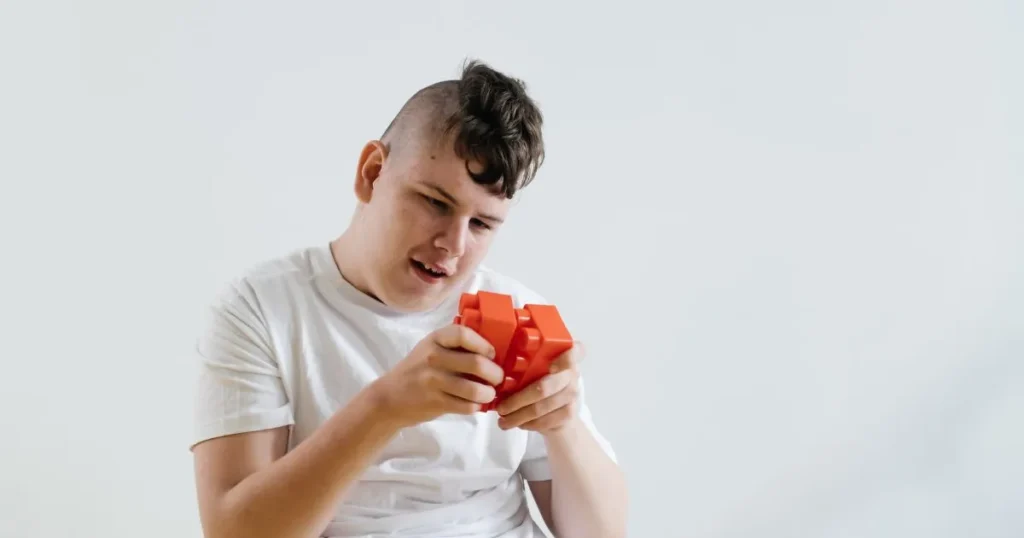
Distinguishing Physical Characteristics in Children with Autism
Knowing about autism spectrum physical traits helps parents and doctors spot possible differences in kids. No single sign can confirm autism, but research has found some subtle clues. These might show if a child’s brain is developing differently.
The autism philtrum, a groove between the nose and upper lip, can look different in kids with autism. These differences might include:
- Subtle variations in philtrum length and shape
- Differences in facial symmetry
- Specific facial feature proportions
Some kids with autism might have:
- Broader or wider facial structures
- Distinctive ear placement
- Variations in head circumference
“Each child’s physical presentation is unique, and no single characteristic definitively indicates autism,” says Dr. Emily Roberts, pediatric neurodevelopmental specialist.
Studies show these traits can be interesting signs, but they shouldn’t be the only thing used to diagnose autism. Every child is different, and a professional’s opinion is key for a correct diagnosis.
Learning about these traits helps parents and teachers understand child development better. It makes them more aware and caring.
Autism Facial Features: Key Markers and Variations
Exploring autism facial features shows a complex mix of variations. Researchers are still studying these differences. No single feature can confirm autism spectrum disorder (ASD). Yet, some patterns suggest possible markers.
Experts in neurodevelopmental research have found key insights into autism facial features. These findings help doctors and families understand each person’s unique traits.
Facial Symmetry Patterns
Autism facial features often show slight differences in symmetry. Researchers have noted that people with ASD may have:
- Slight asymmetrical facial muscle development
- Unique patterns of facial bone structure
- Variations in facial width and length
Distinct Facial Measurements
Studies have found specific measurement variations in autism. These include:
- Increased distance between eyes
- Broader facial width
- Subtle differences in jaw alignment
Individual Differences
It’s important to remember that autism affects each person differently. The physical signs of autism are not the same for everyone. Genetic diversity and individual variations greatly influence how autism is physically expressed.
“No two individuals with autism are exactly alike” – Dr. Stephen Shore, Autism Researcher
Research is ongoing to link facial features with neurodevelopmental traits. This highlights the need for personalized understanding and support.
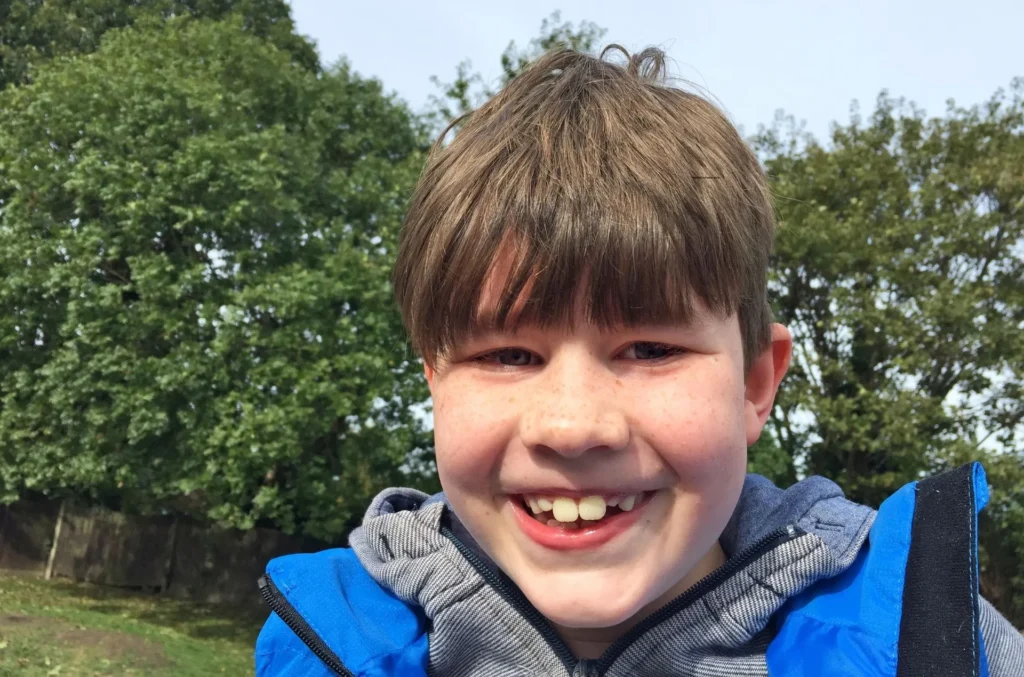
Understanding Autism Spectrum Physical Characteristics
Autism spectrum physical traits show a complex and varied picture of neurological differences. No single trait can confirm autism, but research has found several signs linked to autism spectrum disorder (ASD).
Recognizing the subtle differences in physical traits is key. These traits can show up in many ways:
- Variations in facial symmetry
- Unique lip and mouth configurations
- Differences in body composition
- Motor skill development patterns
Autism lips, a specific trait, might have slight differences in shape or movement. These differences can vary greatly from person to person, showing the spectrum’s wide range.
| Physical Characteristic | Potential ASD Association |
|---|---|
| Facial Asymmetry | Mild to moderate correlation |
| Lip Muscle Tension | Potential sensory processing indicator |
| Head Circumference | Possible early developmental marker |
Doctors say physical traits alone can’t diagnose autism. Individual variation is key to understanding neurological differences.
Physical traits provide insights, not definitive diagnoses.

The Impact of Facial Features on Social Development
Understanding how autism facial features affect social development is key. It helps us grasp the complex lives of those on the autism spectrum. Studies show that physical traits greatly shape social interactions and communication.
Facial features unique to autism play a big role in social settings. Even small differences, like the autism philtrum, can change how social cues are seen and understood.
Communication Challenges
People with autism’s facial traits face special communication hurdles:
- They might struggle to read facial expressions.
- They often have trouble with eye contact.
- They find it hard to grasp non-verbal social hints.
Social Interaction Patterns
Social interactions are tricky for those with autism’s facial traits. These traits can affect:
- How they see social boundaries.
- Feeling comfortable in groups.
- Understanding emotional subtleties.
| Facial Feature | Potential Social Impact |
|---|---|
| Unique Philtrum Shape | May affect facial expression interpretation |
| Facial Symmetry Variations | Can influence social perception and interaction |
Behavioral Connections
Researchers are still learning about the link between autism facial traits and behavior. Understanding these connections can help develop more targeted support strategies.
“Each individual’s experience is unique, and facial features are just one aspect of the complex autism spectrum.” – Dr. Emily Rodriguez, Neurodevelopmental Research Institute
Conclusion
Looking into autism facial features shows us a complex world. These physical signs can hint at autism, but they’re just part of the puzzle. It’s important to see autism as more than just physical traits.
Studies are finding links between faces and autism. Genes and new imaging tools are helping doctors get better at spotting signs early. But, these signs alone can’t tell us everything about autism.
What’s key is looking at the whole picture. Each person with autism is different. Doctors need to check many things to really understand and help.
Research keeps going, aiming to understand autism better. Knowing more about autism can help us support people with it more effectively. Let’s stay open to new discoveries.
Discover our Post:https: Exploring the Brain in Autism: Brain Development and Behavior
Read Also: Facial Features & Physical Characteristics Of Autism
FAQ
Can facial features definitively diagnose autism?
No, facial features can’t definitely say if someone has autism. Some physical traits might be linked to autism, but they’re not a sure sign. The best way to diagnose autism is through a detailed check by healthcare experts, including looking at behavior and development.
What are the most common facial characteristics associated with autism?
Some studies hint at certain facial traits being more common in people with autism. These might include slight changes in the philtrum, wider-set eyes, or different facial symmetry. But, these traits aren’t found in everyone with autism and can vary a lot.
At what age can physical features potentially indicate autism?
Physical signs might show up early, around 2-5 years old. But, remember, no single physical trait can prove autism. The best way to spot autism is through early checks of behavior and development.
Are facial features genetic markers for autism?
Facial traits might have genetic links to autism, but they’re not clear signs. Research shows some physical traits could be tied to autism genes. Yet, these connections are complex and not simple signs of autism.
Do all individuals with autism have similar physical characteristics?
No, people with autism look very different. The autism spectrum includes many physical and neurological differences. What one person might show, another might not, so we can’t make general assumptions.
Can facial feature analysis help in early autism detection?
Facial analysis is a new area of study that might help a bit. But, it’s not enough on its own. Early detection still mainly comes from watching behavior, doing developmental tests, and getting a full check from experts.
How reliable are physical characteristics in identifying autism?
Physical traits aren’t very reliable for spotting autism. Research is ongoing, but these traits should never be the main way to diagnose. The best way to find autism is through a detailed check by experts.
Are there specific lip or mouth features associated with autism?
Some studies suggest possible lip or mouth differences in autism, like changes in the philtrum or lip shape. But, these findings are not clear and can differ a lot among people with autism.
How do physical characteristics impact social development in autism?
Physical traits don’t directly affect social skills in autism. Social challenges in autism come from brain differences in communication and interaction, not physical traits. Each person’s experience is unique, influenced by many factors.
Should parents be concerned about physical features potentially indicating autism?
Parents should watch overall development and behavior, not just physical traits. If you’re worried about your child’s growth, talk to pediatricians. They can do a full check and offer advice.
